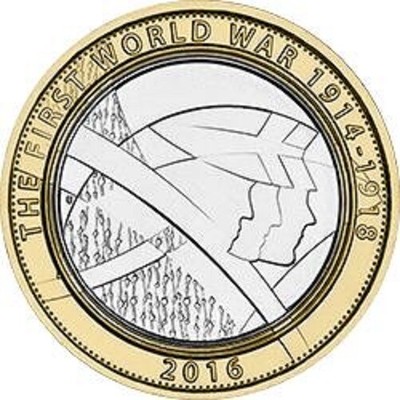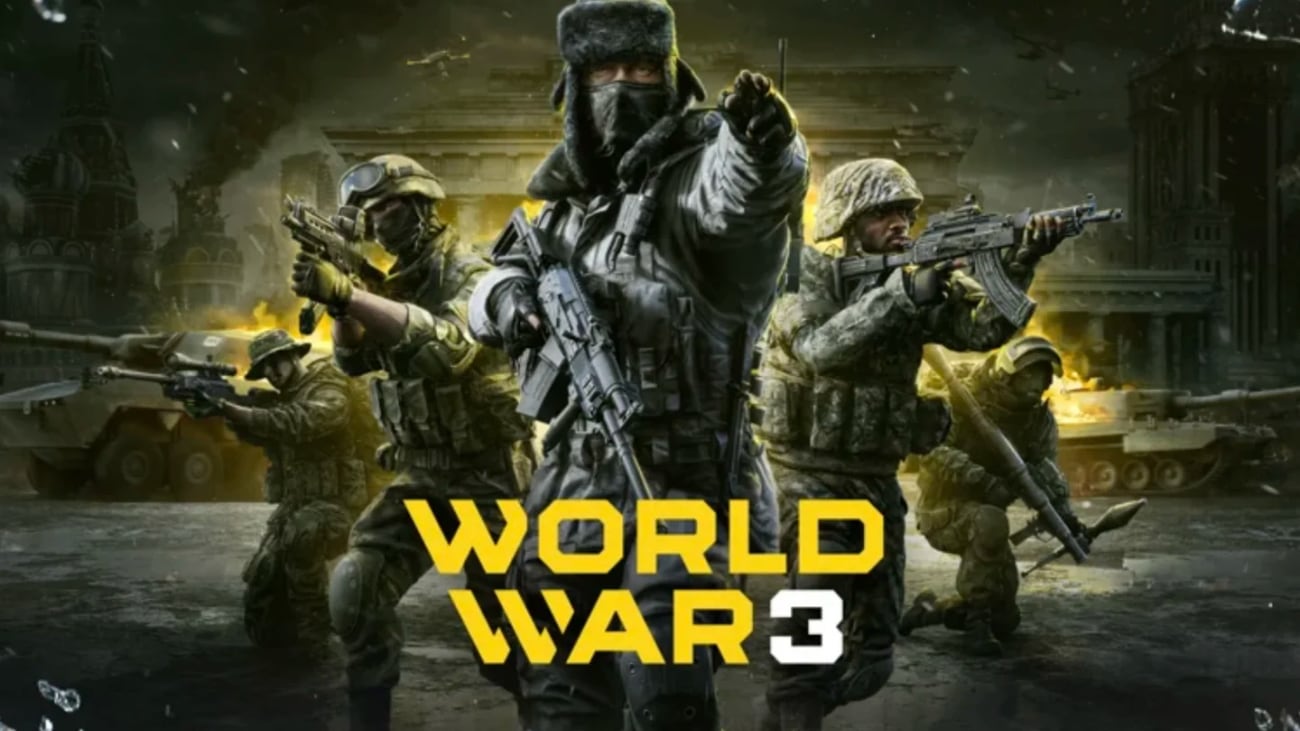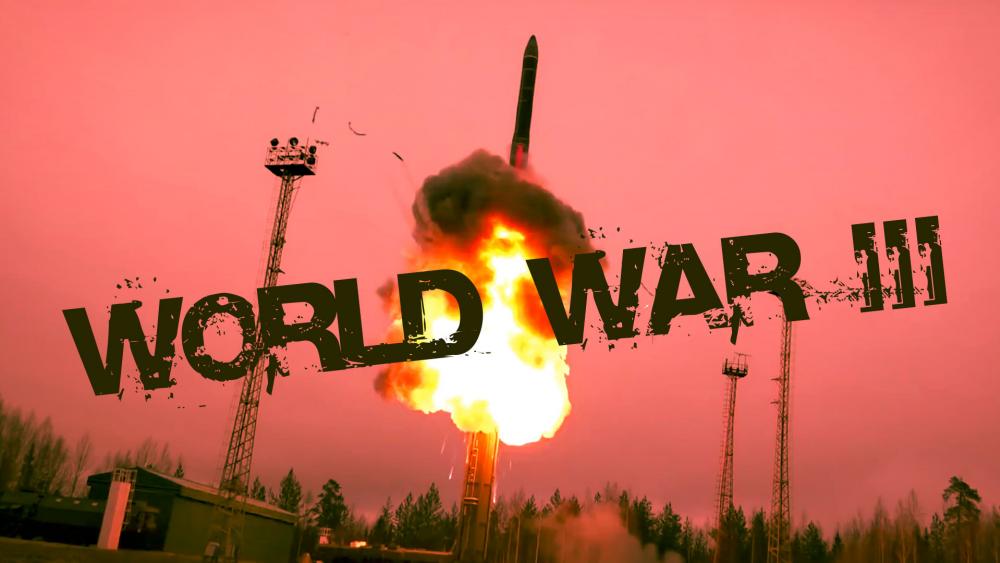

Teachers said some of their history lessons are resonating a little more these days. Some students get their news on TikTok or other social media, which is rife with misinformation.
#WORLD WAR 3 NEWS HOW TO#
Schulzki, of NCSS, also recommended that teachers ask students about the sources of what they’re hearing and teach them how to identify reputable sources.

“Unless they’re targeting Taylor Swift, we’re OK.” “We are very far away in a place that does not show up on their radar,” she told students. Madeline Baker, a 5th grade teacher at McMurray Middle School in Nashville, pulled out a world map in response to her students’ questions and showed them the distance between Ukraine and Tennessee. Also, teachers said they try to remind their students that this war is happening far away.

I’m telling the authentic truth as best as possible, or as best I know, while comforting students.”ĭier said he has tried to comfort his students-who were particularly alarmed by headlines that the Doomsday Clock, which conveys threats to humanity and the planet, is 100 seconds to midnight, the closest it’s ever been-by reminding them there’s not much that they can do about the situation. “They should know the severity of what’s happening. Of course, it’s a fine line: “I don’t sugarcoat, but I also don’t want to traumatize students,” said Chris Dier, a high school U.S. It’s important for teachers to be honest, in an age-appropriate way, about what they know-and what they don’t know, Schulzki said. In open-ended responses to the EdWeek Research Center survey, several educators also said they would make sure to let parents know that their child was feeling worried or anxious. Later, she had the class read a Newsela article about the war and write a response. Boom told them that at the moment, the conflict was only between Russia and Ukraine, and they didn’t have to worry about the United States getting involved. Students were scared that the United States was going to war or would be under attack. “It’s hard to say, ‘Everybody put away your thoughts, I’m going to teach you now.’” “I was just trying to be a good listener for them,” she said. After lunch, she took a break from her regular instruction and asked students to share their concerns. “But there’s no need to worry about it.”Īround the same time, Jordan Boom, a 5th grade teacher of English-language learners at McMurray Middle School in Nashville, Tenn., overheard her students talking about the war and whether Russia would drop bombs on the United States. “I’m trying to allay her fears without saying, ‘Heck no, that can’t happen,’” Harmon said. Harmon, who teaches history and civics at Redbank Valley High School in New Bethlehem, Pa., tried to reassure her without dismissing the concerns entirely. When Russia first attacked Ukraine, an 8th grader approached her teacher, Joe Harmon, with a question weighing heavy on her mind: “Should we be worried about World War III or nuclear war?” He added that at this point in the school year, teachers also probably know whether their students are anxious about the news-or mostly just curious. “We hopefully have established that really good relationship with our students, where they feel comfortable coming to us,” said Schulzki, who is a social studies teacher at Palmer High School in Colorado Springs, Colo. Social studies teachers should encourage students to come to them with questions or concerns, said Anton Schulzki, the president of the National Council for the Social Studies.

Here are a few ways teachers are handling student concerns about nuclear warfare. Western officials have warned that Russian President Vladimir Putin could turn to tactical or other limited nuclear weapons. After all, while Russian Foreign Minister Sergei Lavrov said during an April 18 interview that Russia is committed to avoiding nuclear war, the threat of nuclear attacks has been in the headlines for weeks. Teachers say they’ve heard students of varying ages discussing the possibility of nuclear war. That fear and anxiety is trickling down to children, too. And 69 percent of adults said they’re worried the invasion of Ukraine is going to lead to nuclear war and fear that we are at the beginning stages of World War III. Eighty percent of those surveyed said potential retaliation from Russia, such as cyberattacks or nuclear threats, is a significant source of stress. The war in Ukraine has triggered mass fear and anxiety in Americans, according to a survey by the American Psychological Association and the Harris Poll in early March. The latest? The possibility of nuclear war. In recent years, teachers have had to address a wide range of frightening or upsetting news in class.


 0 kommentar(er)
0 kommentar(er)
